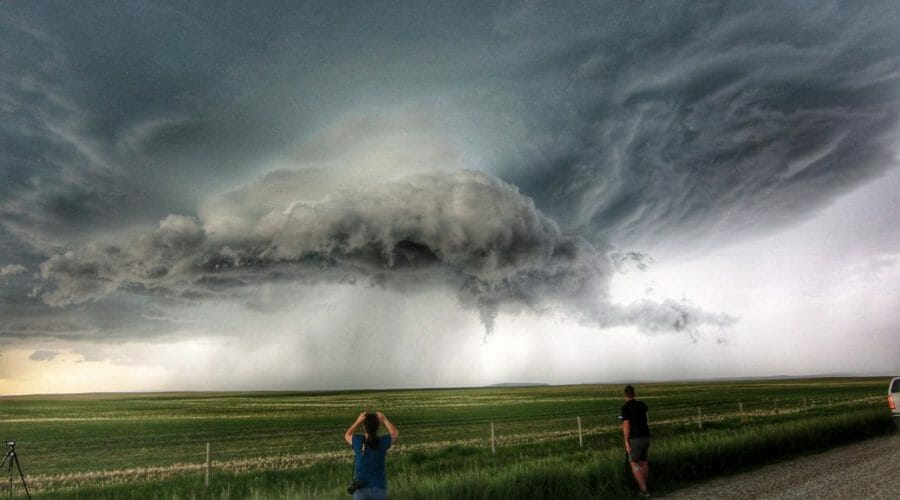
Global Warming Trends and Future Weather: Insights & Opportunities
Posted on September 25, 2024
Global warming—driven primarily by human activities like fossil fuel combustion—is steadily altering the Earth’s climate systems. As average global temperatures rise, understanding how this warming influences future weather is vital for governments, businesses, and communities worldwide. This blog explores the key benefits of analyzing global warming trends and how such projections help us adapt, mitigate risks, and find potential opportunities.
Understanding Global Warming and Its Triggers
Global warming stems from the accumulation of greenhouse gases (GHGs) like carbon dioxide, methane, and nitrous oxide. These gases trap heat in the atmosphere, intensifying the greenhouse effect and leading to increased surface temperatures. The consequences include shifting climate zones, melting ice, rising seas, and intensified weather extremes.
Why Tracking Global Warming Trends Matters
Monitoring and analyzing long-term warming trends enables researchers to build climate models that predict future atmospheric changes. These models are crucial tools for:
- Projecting temperature and rainfall shifts
- Forecasting extreme weather events
- Planning climate-resilient infrastructure
- Developing public health responses
By simulating various emissions scenarios, these projections offer decision-makers a clearer path for policy and investment that align with both environmental and economic goals.
Climate Forecasting for Preparedness
Climate models simulate changes in temperature, precipitation, and ocean currents based on emissions and land use patterns. These forecasts inform:
- Urban planning and disaster readiness
- Water resource and agriculture management
- Disaster risk reduction and emergency systems
Governments can use these insights to invest in stronger water systems, cooling centers, flood barriers, and heat warning systems. Farmers can adapt their crops and irrigation systems for changing growing seasons.
Infrastructure Resilience and Urban Planning
As global warming raises sea levels and boosts the intensity of storms, coastal cities face growing risks. Trend-based projections help prioritize:
- Sea walls and flood control infrastructure
- Heat-resistant building materials
- Smart drainage and stormwater systems
Inland cities, too, must account for changing precipitation and heat levels that affect roads, power grids, and public transit.
Public Health and Safety Planning
Climate change heightens public health challenges:
- Air quality declines from higher ozone and particulate levels
- Spread of vector-borne diseases like dengue and malaria
- Heat-related illnesses, especially among vulnerable populations
Forecasting these patterns enables health officials to prepare emergency protocols, allocate resources more efficiently, and prevent climate-related illnesses and deaths.
Agriculture & Food Security
Climate projections are key to securing future food supplies. Warming temperatures and altered rainfall patterns affect:
- Crop yield and quality
- Soil moisture levels
- Pest and disease spread
By understanding these shifts in advance, farmers can implement crop diversification, invest in drought-resistant seeds, and improve water-use efficiency.
Global Warming’s Impact on Future Weather Patterns
1. Shifting Rainfall Patterns: Some regions may face heavier downpours and flood risks, while others suffer longer droughts. Water resource planning, especially in agriculture, must adjust accordingly.
2. Increased Frequency of Heatwaves: Hotter and more persistent heatwaves will place stress on power systems, health services, and ecosystems. Early warnings and adaptive cooling measures will be vital.
3. Intensified Storms & Wildfires: Warmer oceans fuel stronger storms, and higher temperatures dry out landscapes, increasing wildfire threats. Planning for these risks can save lives and reduce long-term costs.
Shaping a Sustainable Future
Forecasting global warming’s effects equips us to design long-term solutions:
- Transition to renewable energy
- Invest in climate-smart agriculture
- Develop resilient infrastructure
- Protect coastal and forest ecosystems
Understanding global warming trends is not just about managing risks—it’s about building adaptive capacity, protecting communities, and seizing opportunities for innovation and sustainability.
